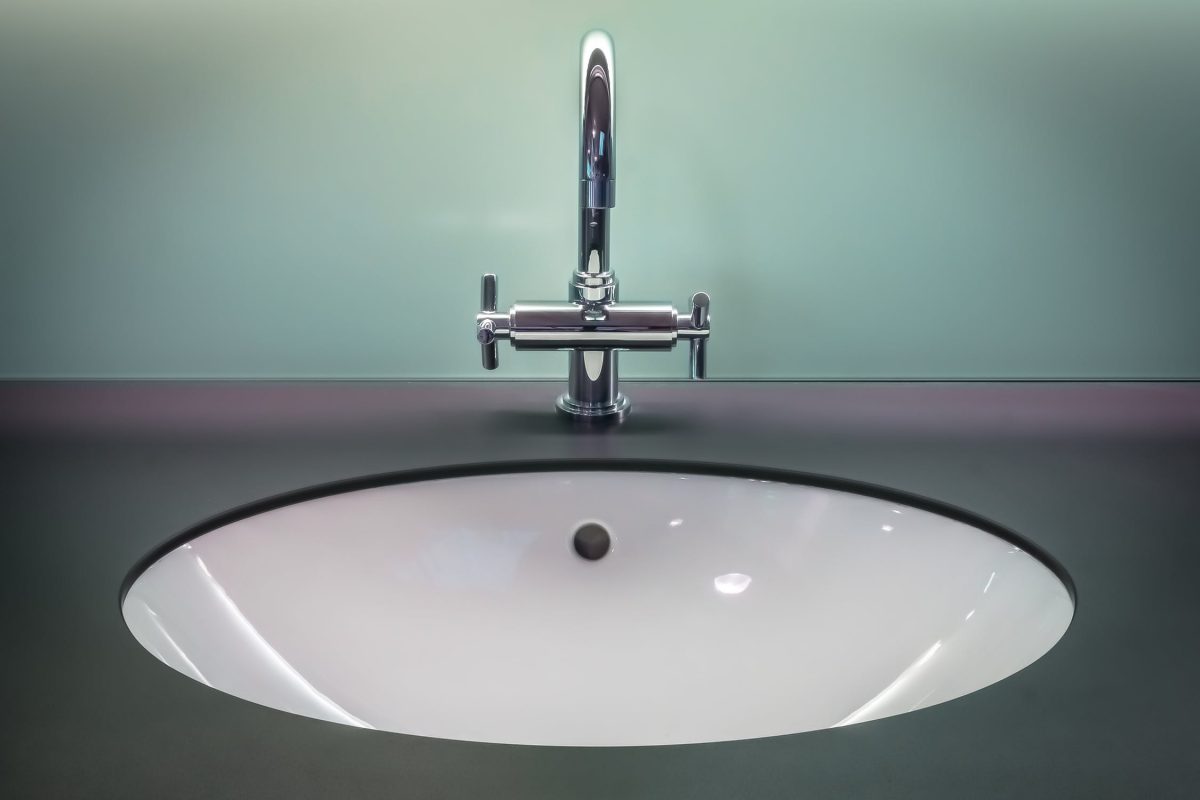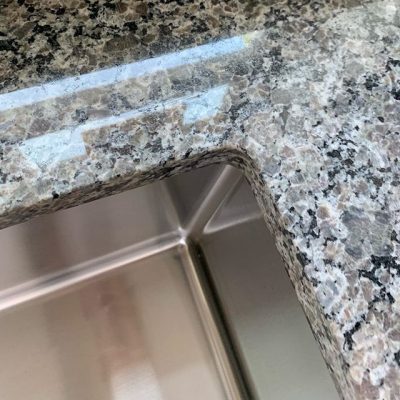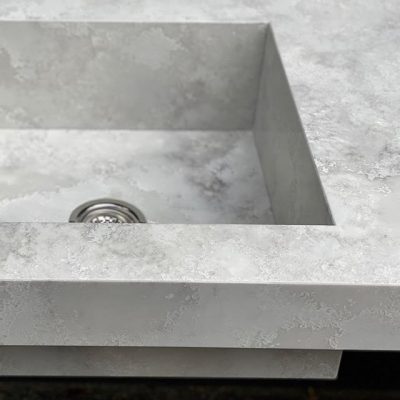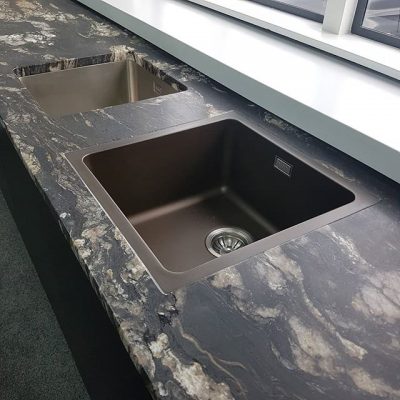bath
What You Should Know About Undermount Sinks
If you’re thinking about getting yourself an undermount sink for your kitchen, bathroom or wet bar, then this is your one-stop guide to everything you want to know about this type of sink.
What is an Undermount Sink?
Undermount sinks have one notable advantage over drop-in sinks and that is zero rim exposure. The rim of this kind of sink is attached from the bottom of the counter, which is why it isn’t visible.
But one has to wonder, how do undermount sinks stay in place then? These sinks are held in place by high-strength anchors and clips, epoxies, and silicone caulk.
How Much do Undermount Sinks Cost?
The prices for an undermount sink vary depending on their size and material. To be frank, the cost usually falls somewhere between $250-800. You can look into the options that are available at your local kitchen and bathroom showroom.
How Are Undermount Sinks Installed?
The most notable feature of an undermount sink is that it’s installed below the countertop of your bathroom or kitchen. The sinks hang from underneath the countertop, which means the edge lip of the sink is mounted below the counter. The type of sink creates a consistent flow from the countertop into the sink, compared to sinks that sit in the top of the countertop with the rims visible in plain sight.
Proper installation, support, and sealing of an undermount sink is essential to prevent any leaks or damages. You have to ensure that your counter and supports are able to keep the sink in its place and be able to safely support its weight.
If anyone isn’t familiar with this type of project, installing an undermount sink can be very challenging. Is this is you, then your only realistic option would be to hire a professional plumber. A reliable and competent professional will be able to install an undermount sink in less than 30 minutes.
What Are the Benefits of an Undermount Sink?
For those who are familiar with owning an undermount sink, the number one benefit of owning it is that they make cleaning your countertop relatively easy than drop-in sinks. The ease of cleaning is usually the biggest selling point for any kitchen sink. Give that there is no rim or lip in the way, cleaning countertops is relatively easier. You can easily wipe any mess straight into your sink. Drop-in sinks, on the other hand, feature higher rims which make cleaning a bit of a struggle.
What’s more, is that undermount sinks offer lots of countertop space. Since these sinks provide our bathroom or kitchen countertop to extend the way to the sink, there’s plenty of countertop space available. This is especially useful for smaller bathrooms and kitchens.
Another plus is that undermount sinks provide better resale value for our homes than drop-in sinks.
Things to Consider About Undermount Sinks
It wouldn’t really be fair of us to share the benefits of undermount sinks without its shortcomings now, would it? The truth is, every product has its ups and downs, including undermount sinks.
If you’re thinking about installing an undermount sink on your own, then you shouldn’t go for this sink at all. Unlike drop-in kitchen and bathroom sinks, undermount sinks are not as easy to install. If you already have a cutout in the place of the counter fitting the sink dimensions, then you should opt for a drop-in sink, as they after a lot more simple and painless to install for DIY homeowners.
Undermount sinks are also pricier than drop-in sinks. They are more expensive in both the materials and the labor that comes with the installation process.
The last thing that you should consider is your countertop material. You can attach an undermount sink to just about any countertop materials except for laminate.
 USD
USD CAD
CAD




